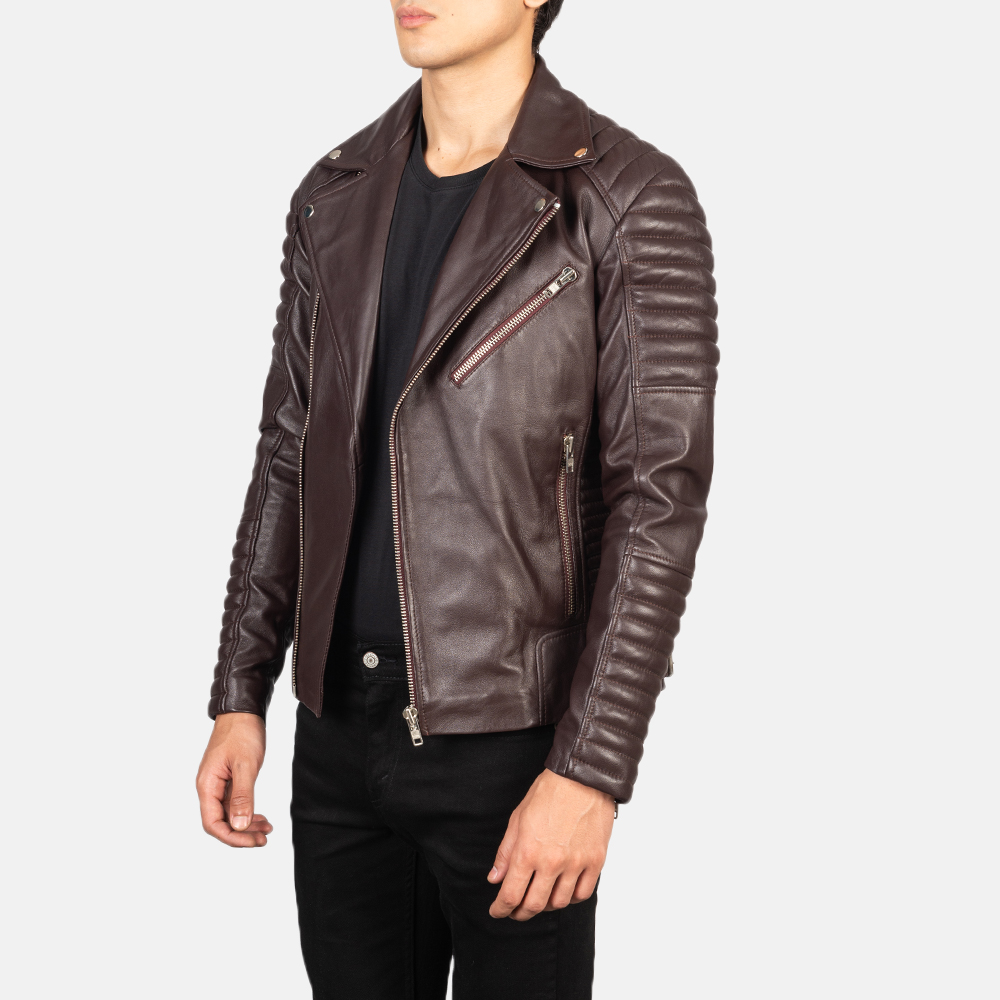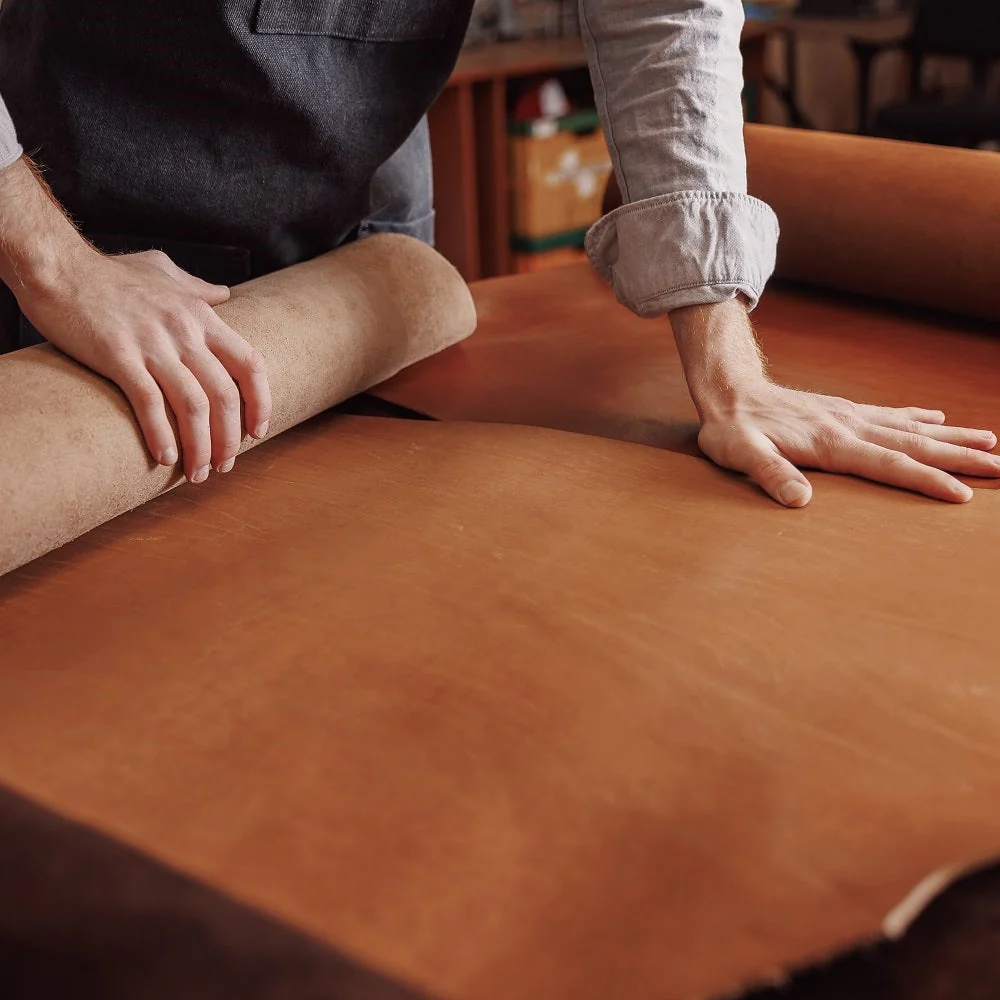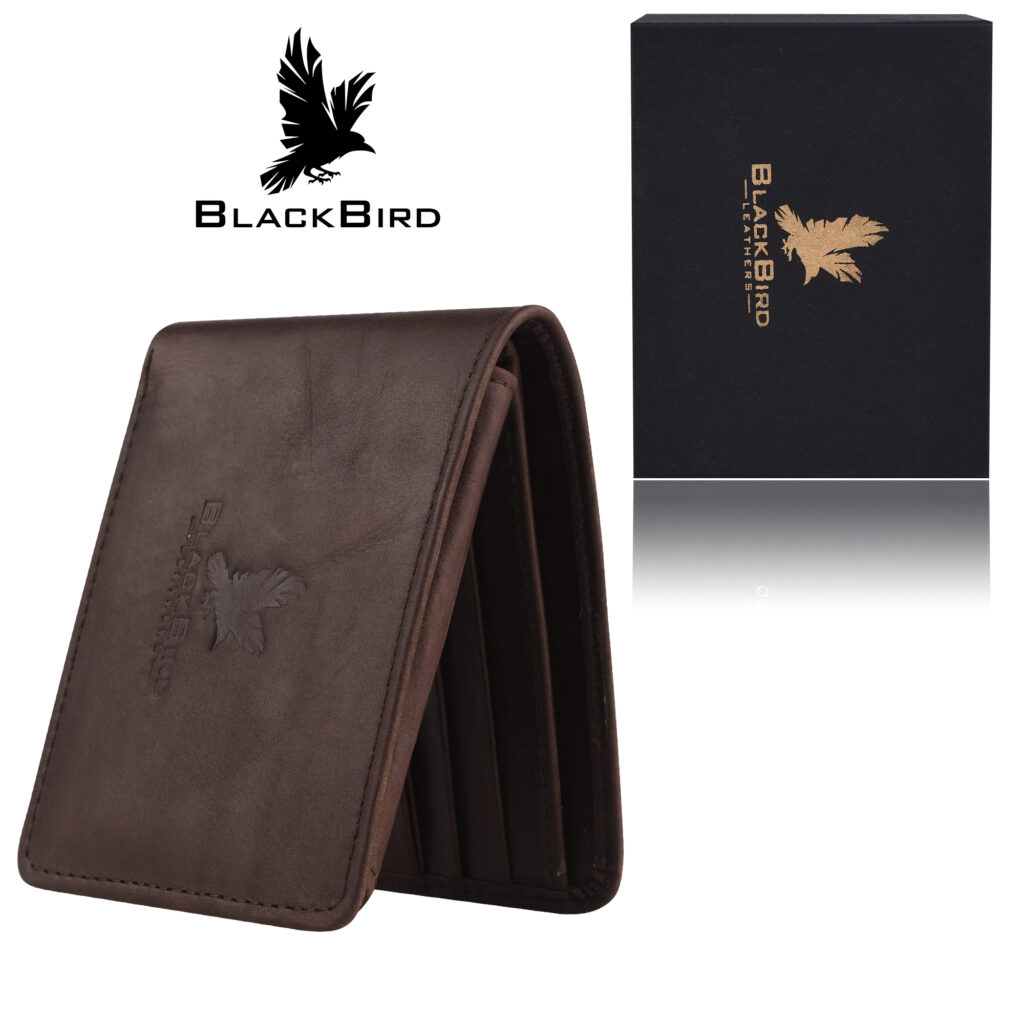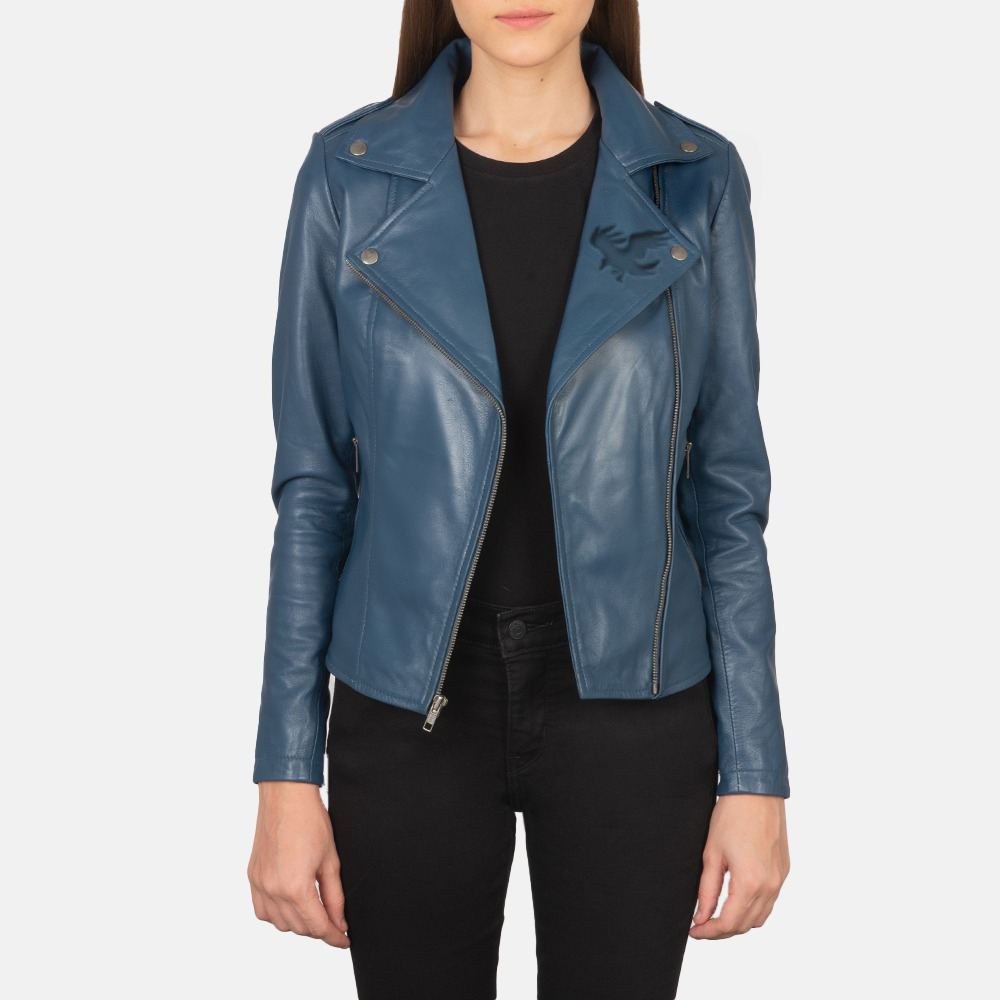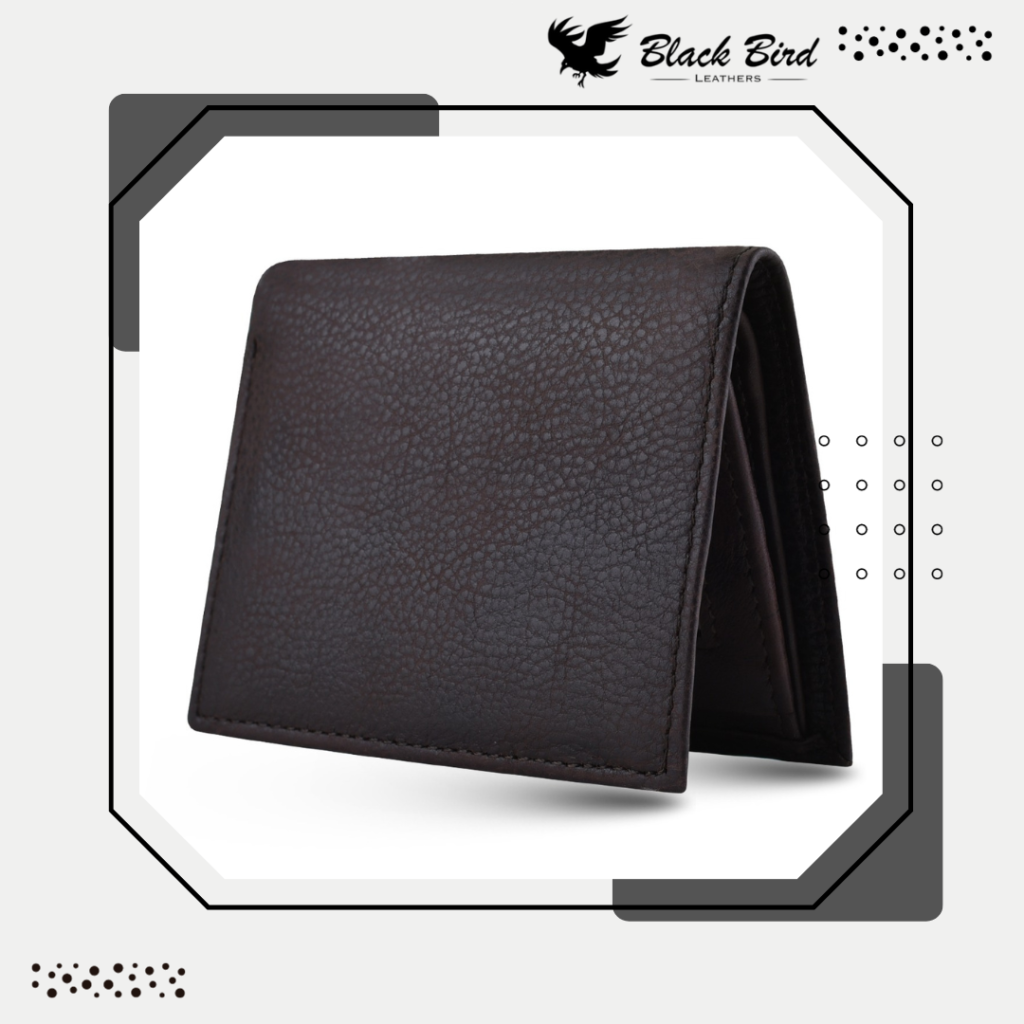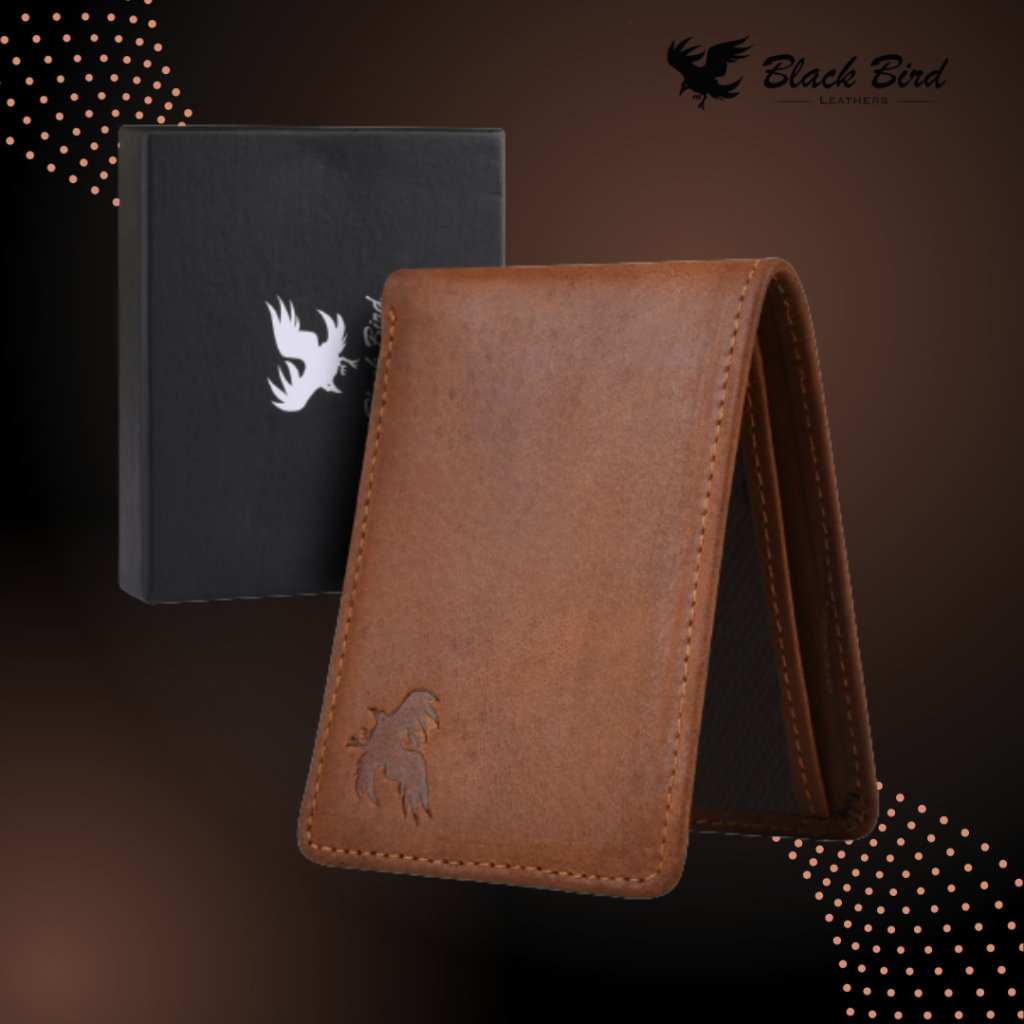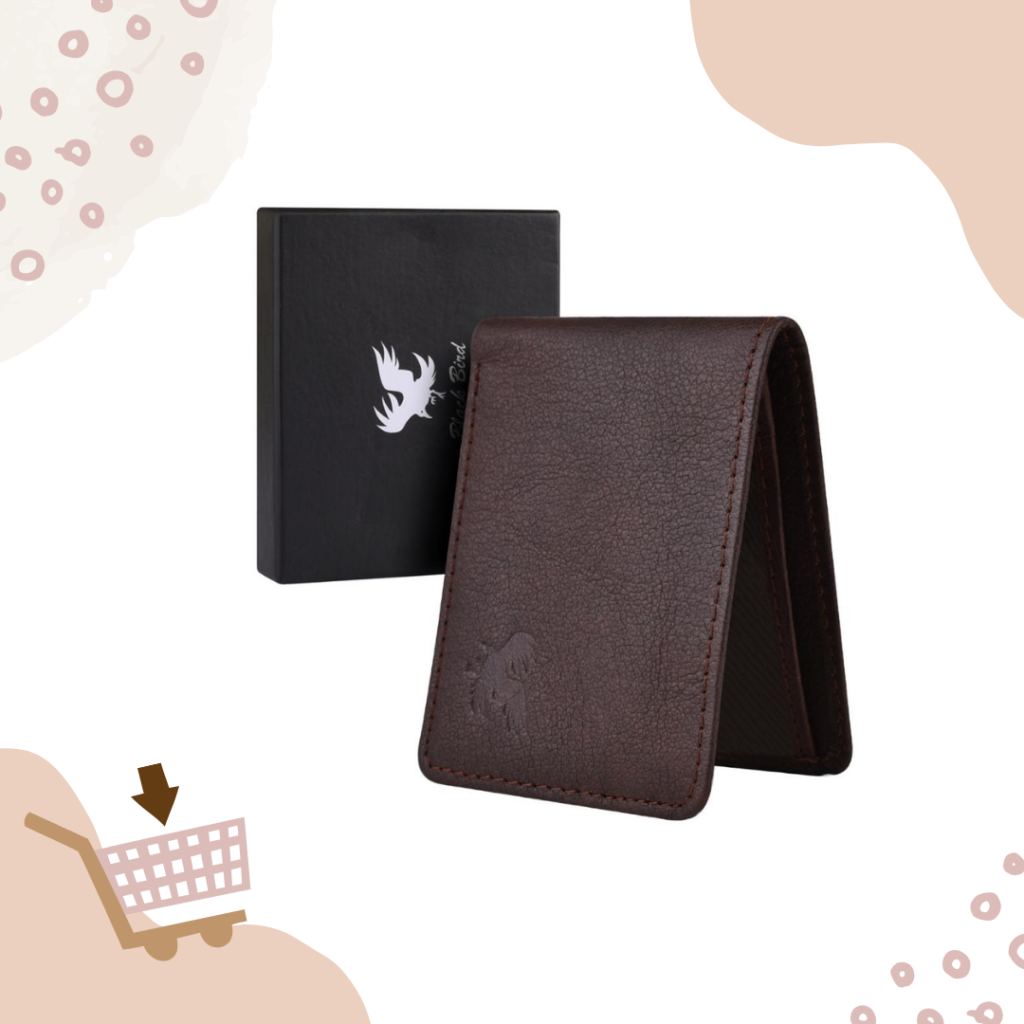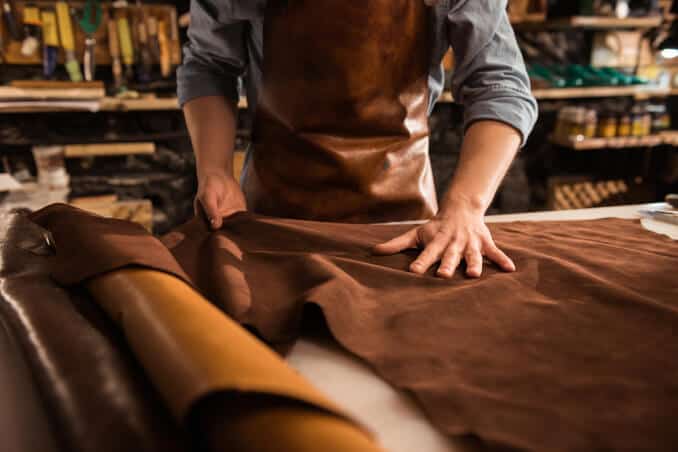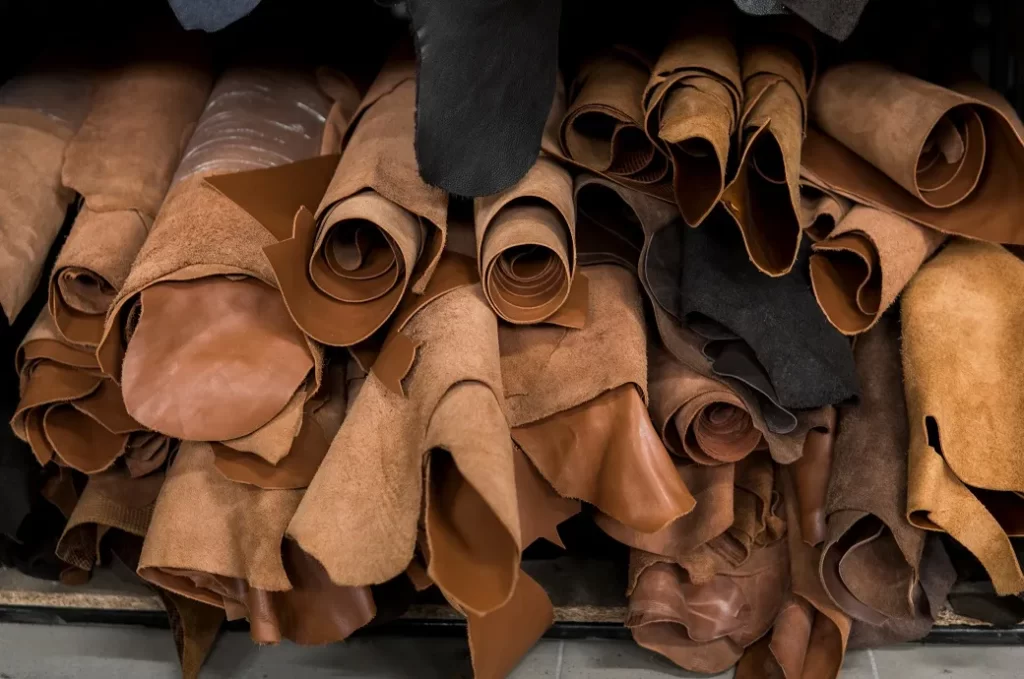Genuine leather crafting stands as a testament to the enduring artistry and history of human craftsmanship. Beyond being a mere material, genuine leather tells the story of centuries of creativity, innovation, and skill. From ancient civilizations to modern artisans, the world of leather crafting is a treasure trove of history, culture, and tradition. Genuine leather, with its undeniable charm, has been a staple in human history for centuries. More than just a material, genuine leather encapsulates a rich heritage that spans cultures, continents, and generations. From its humble beginnings as a necessity for survival to its present status as a symbol of luxury and craftsmanship, the journey of genuine leather is a testament to human ingenuity and artistry. Let’s uncover 12 eras of leather crafting history:
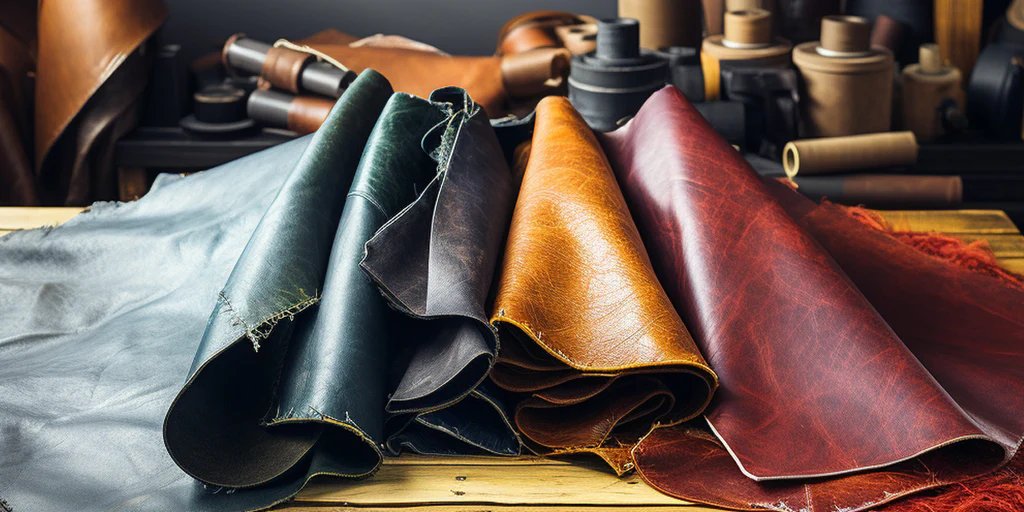

A Glimpse into History: Historical Significance and Evolution
Leather crafting’s origins trace back to ancient civilizations and practiced for more than 7,000 years. Early humans discovered the utility of animal hides for shelter and clothing. Over time, this primal necessity evolved into an art form, with cultures around the world embracing leather for its practicality and aesthetics. In medieval Europe, leatherworkers formed guilds, passing down techniques that paved the way for modern practices.
The story of genuine leather dates back to ancient civilizations. Early humans discovered that animal hides could be transformed into versatile materials for clothing, shelter, and protection. Over time, leather crafting evolved from a functional necessity to an art form that showcased cultural aesthetics. Civilizations such as the Egyptians, Greeks, and Romans valued leather for its durability and practicality.
1. Ancient and Prehistoric Times Used Leather (pre-50,000 BC)


Man has hunted animals throughout history and utilized as many of their parts as possible for survival. In prehistoric and ancient times, man typically used animal hides—with the fur still attached—as clothes. This protected weather conditions. There is evidence of scraping hides for tanning as far back as 400,000 years. The earliest proof of bone awls dates to approximately 84,000 and 72,000 years ago in South Africa. On the basis of their wear patterns, it appears that they serve to pierce cloth.
2. Stone Age leather (50,000–3000 BC)
One of the longest eras in recent history is the Stone Age. Even though it dates back millions of years, the beginnings of leather manufacture may have hit around 400,000 years ago. The oldest stone tools come across date back 3.3 million years ago. They were stone flakes, probably used for cutting. These stone flakes could have been use to clean and peel animal hides before the tanning process. However, we didn’t start to find more evidence of leather-specific tools until roughly 400,000 BC.
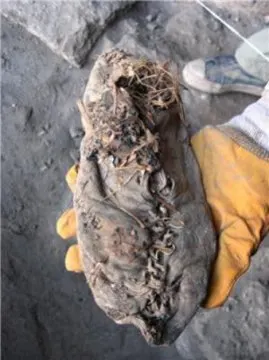

Oldest Leather Shoe – Image by the University College Cork
Around 5,000 BC, in ancient Sumer (modern-day southern Iraq), the oldest known leather tanning equipment started to appear. The earliest leather shoes were discovered in a cave in Armenia and date to about 3,500 BC. That has aged! Animal hides were common uses for clothing, shoes, and shelter to shield people from the weather.
3. Bronze Age leather (3000–1300 BC)
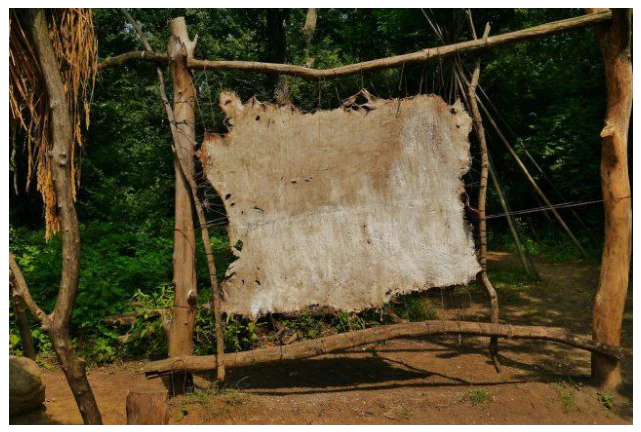

Leather was becoming a more common material to work with during this time. Although it also found other defensive purposes, such as in shields used in battle, it was still employed for clothing (head coverings, shoes, and general wear). Stone tools were still common for leatherworking during the Bronze Age. Despite the fact that the emergence of tools and machinery output a trend toward specialization and trade.When one group had the resources, expertise, and equipment to perform one thing very effectively (like farming), it could manufacture items and trade them with another group that had those same things.
The progress of tanning animal hides into a leather spread with the growing trade. Improvements in tanning coincided with improvements in leathercraft. Shoes, capes, belts, hats, arm protection (for bow shooting), shields, and shelters are just a few of the items craft out of leather.
4. Iron Age leather (1200–550 BC)
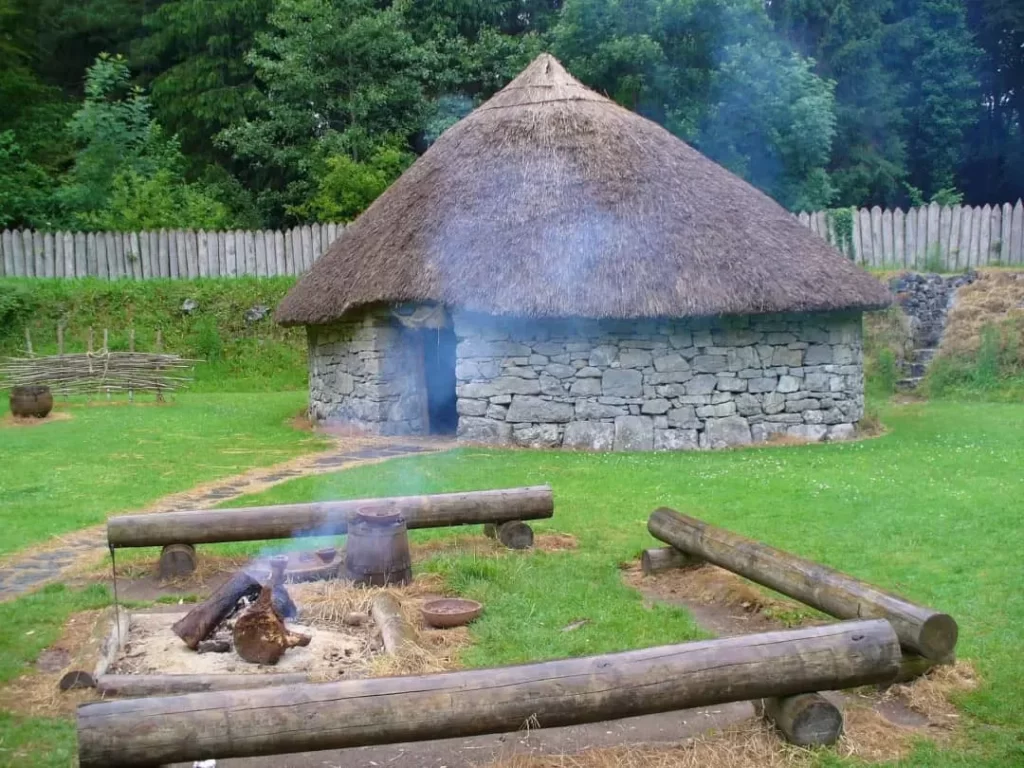

Iron Age Style House
Community and growth in population were constant during the Iron Age. Farming got more sophisticated, making it simpler to provide food and maintain families. The demand for products, notably leather items, increased as the population grew. Small cities expanded, people had more free time, and certain attire became more colorful. Belts, capes, and even jewelry were still highly popular, as were leather sandals and shoes with leather laces.


Iron Age Leather Sandal – Image by the Bergbau Museum
During this time, leather is still use in a variety of contexts, including jewelry. A braised armband around the bicep of a man who was nearly 6′ 6″ tall—quite tall for the time—is one illustration. His cut fingernails indicate he did not typically conduct manual labor and might have been from a higher social class. Leather jewelry and accessories can potentially to consider a luxury during this time. He had a leather armband with braided threads across his upper arm. It had bronze mounts that held the leather together and looked good doing it. Finding leather that had been wear for thousands of years was an amazing finding. Undoubtedly, leathercraft was developing.
5. Ancient Egyptians Leather (3000–300 BC)
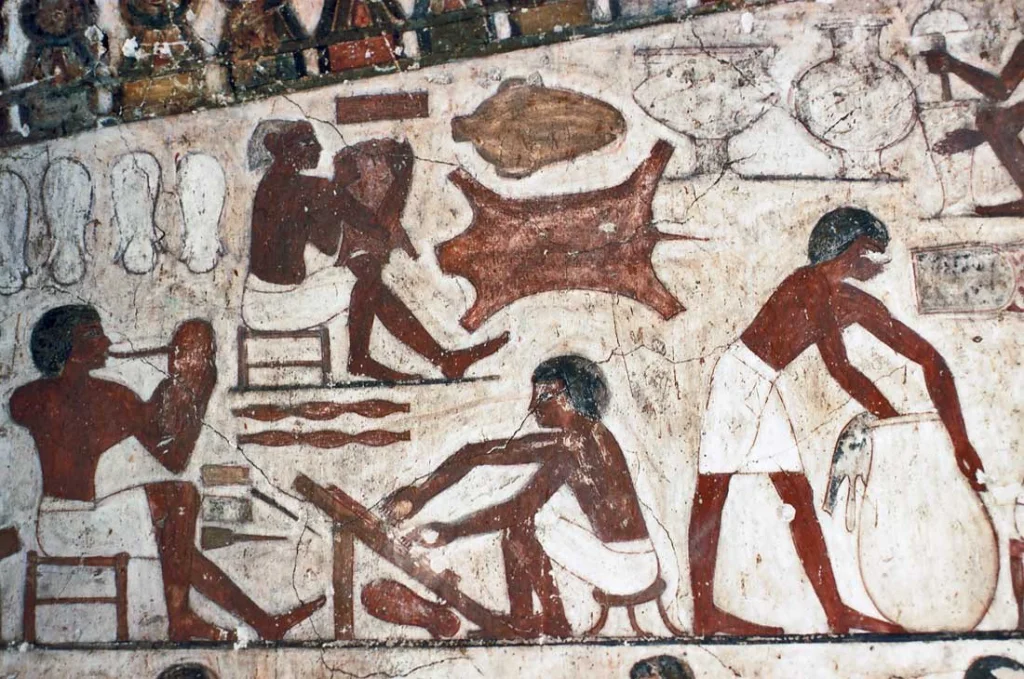

Around 1,300 BC, leather was first mentioned in writing in Ancient Egypt. The leather tanning process produces a strong odor, hence tanneries usually exist away from residential areas. Due to the hot climate in which they resided, ancient Egyptians typically wore very light clothing. Only those with greater money and social position could purchase leather accouterments. The wealthy, for instance, favored leather sandals. Less wealthy people spun sandals out of papyrus.
There were many different materials uses for leather at this time. The strong material serves to make couplings and chariot harnesses. Some level of tanning expertise and cutting/joining ability would have been necessary to work on this kind of leather craft. especially when it comes to machinery that will be moving swiftly and subject to severe riding. The wealthy could also purchase leather jewelry. Leather as a writing surface is an additional intriguing application. Occasionally, leather was use to create Egyptian writings. These leather rolls are quite long. Unrolling them will reveal literature and artwork that were representative of the time’s culture and way of life.Imagine it as a vintage, rolled-up book.


Egyptian Leather Jewelry
According to some studies, some plant-based leather tanning techniques date back to Egypt. At this period, leather is beginning to be use more frequently and in a wider range of applications. Thankfully, some examples have persisted, allowing us to investigate and discover more about them.
6. Leather in Ancient Greece (8th Century 200 BC–800 BC)
Ancient Greeks frequently experienced warmer weather. Light linen tunics were typically the only piece of clothing worn. Lace-up leather sandals were a common choice and providing adequate foot protection if necessary or you want to although not being wear all the time. The production of footwear made from leather continued in ancient Greece, but this time it took the form of the wildly famous sandal. Shields continue to use it for defensive purposes, and their uses even while growing to include bags for carrying other items.


Art and Picture Collection, The New York Public Library. (1784 – 1785). Various Footwear, Ancient Greece.
The process of vegetable tanning is thought to have been invented by the Greeks. It might have started in Egypt, where the information was polished further. Later, Rome would adopt comparable customs. Vegetable tanning is the method of preparing leather by employing naturally occurring tannins, substances obtained from plants and bark. The Greeks made a variety of things out of leather, such as sandals, shields, clothing for protection, and bags for carrying things. Leather straps and supports were probably used on chariots, other military equipment, and cavalry regiments, as well as to tack on/around ships as necessary. To provide greater support, leather is occasionally use in the making of clothing, though not very often.
7. Ancient Rome Leather (8th Century BC–476)
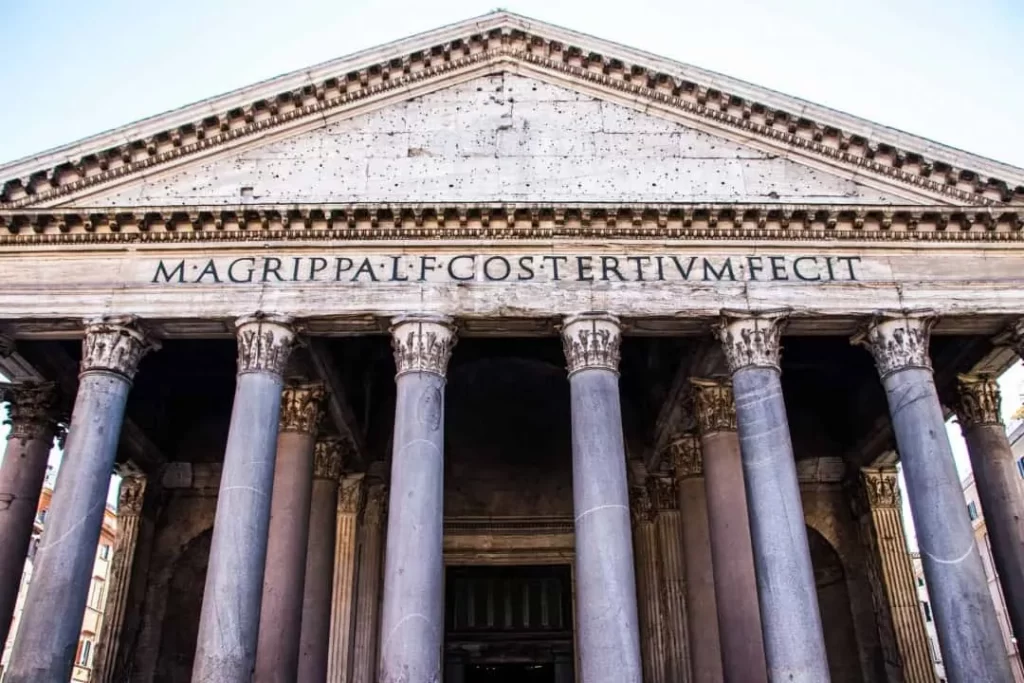

Ancient Rome – The Pantheon
Rome being one of the most sophisticated and complicated civilizations in history, leather has its place. By this period, very effective social systems had developed, enabling the manufacture of specialized goods in large quantities. This comprised food, clothing, and accessories for the individual. Butchers who uses the animals for food and other valuable components frequently produce leather hides. The Romans also used an additional type of tanning known as alum tanning in addition to vegetable tanning. Alum, a salt component, contributed to the creation of softer leather that was also more dye-acceptant.
Leather was also widely used by the Romans, basically as raw material. It was utilized for tents, harnesses, boots, saddles, shields, and belts. The Roman troops making extensive use of leather goods. Romans would either tan it to create a softer brown substance or use it to make leather. Alternately, they would town it in salt and alum to create a softer, paler substance. Butchers could provide rawhide, which could be employing to make a sturdy shoe sole.
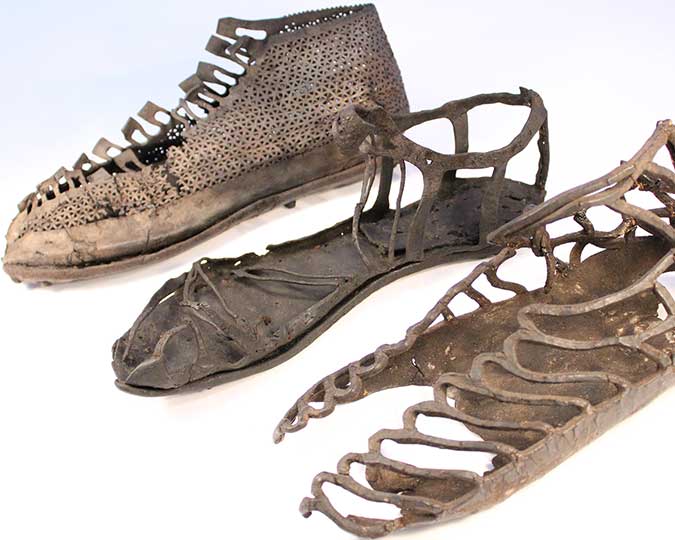

Boots were made for Romans | Museum of London
This is the origin of the more popular and still in-use aluminum tanning. Dyeing allowed for the creation of vibrantly colored leathers with a strong aesthetic appeal. Some working and dwelling areas started to separate as cities got busier and industries expanded. Particularly in ancient Rome, the tanning process for leather resulted in an extremely disagreeable odor. As a result, to maintain a higher level of life, one would frequently find the tanneries positioned some distance from living spaces and homes.
The early Roman army likewise made extensive use of leather in antiquity. Horses would need reins and straps, chariots would require leather fittings, and warriors would require belts, sandals, boots, and protective gear. Leather was a popular and useful material under the Roman Empire.
8. Middle Ages Leather (1000 CE – 1300 CE)
Through the medieval ages, leather craft popularity and technology both advanced. Much more was done with tools, paint, dye, and carving. Clothing, knife sheaths, shoes, parchment, saddles, books, crates, and even some artistic purposes are all made of it. The popularity of leathercraft and its production grew during the Middle Ages. Here, we start to observe a lot more use of advanced leatherworking techniques including tooling, carving, dying, and painting.


Shoe Leather Middle Ages Old
We see appliqué, where things are sewing to leather for both practical and aesthetically pleasing reasons. At the same time, threads and sewing machines undergo technological improvements. Using boar bristles as needles is one example. They may be passed through leather materials while pulling the thread with them because they are robust, flexible, and thick. There was more to leather’s history in the eleventh century than just that. The sorts and threads used improved, and leather-specific metal tools gained popularity. These consist of tools for marking and puncturing the substance.
A popular tendency associated with leather was also visible during the Middle Ages. The Crakow shoe has a look similar to this. The end of this shoe is extremely long, frequently curled, and has a sharp tip. Although some might find them amusing or odd-looking, they once had a very significant social purpose. The length and shape of a person’s toe indicate their social class. Some of the toes on royalty were several feet long! That much leather for a shoe is excessive.
Guilds for the leather trade were also beginning to emerge at this period. To tan, process, dye, and work with the leather, one needed to have a significant level of experience in the leathercraft. Additionally, it called for the use of specialist tools.
9. Renaissance Leather (1300 CE – 1650 CE)
Leathercraft and the variety of uses for leather goods are credited to the Renaissance. In addition to being widely used in coats, pants, bracers, dresses, hangars, frogs, pouches, satchels, quivers, hats, shields, and other types of bodily protection, these included shaping, stamping, and molding for decorative and practical purposes. They were also used extensively in horse protection, along with related saddlery and accessories. The globe experienced tremendous intellectual growth during the Renaissance because of Italy. The use of leather, its skill, and its tooling increased in almost every field. As well as ideas, materials, and their creative uses, form and function were interwoven.


Leather vest and bracers in Renaissance style
Leather-covered ornamental seating elevates ordinary chairs to a higher aesthetic level and status symbol. Tanning factories started to develop in and around Tuscany and Florence as leather guilds grew in popularity. Leather was stamped, molded, and shaped for both practical and artistic purposes. More localized specialization and process and craft refinement resulted from increased global trade. Leather went to use to create a wide range of items. Hats, pants, jerkins (vests that work over clothes), capes, overcoats, bags, cloaks, satchels, and book bindings are only a few examples of practical footwear, belts, and apparel.


Hand-Crafted Belts
Leather straps and ties serve a variety of military functions, including some of the attachments and harnesses worn beneath armor. Body armor, saddlery, shields, quivers, frogs, and pouches were a few of these. The popularity of rarer, more expensive textiles like silk, satin, and velvet increased with the Renaissance. Leather products and accessories were still considered to be of the highest quality and were mostly used by royalty and the affluent.
10. Leather during the Enlightenment (1650s–1780s)


The focus of leather and leather craft during the Enlightenment changed somewhat away from technical advancement and toward sociopolitical issues. Because there were many powerful leather corporations operating all over the world and because the international powers were invading and regulating new countries, the focus was on controlling leather production, distribution, and the economic side of the industry.
Around 1700, England attempted to impose restrictions on free sourcing and manufacturing by requiring the American colonies to utilize British hides and buy British leather goods. Regional leather and product design trends were becoming more popular all around the world. France was the birthplace of stylish footwear. Spain produced sophisticated leather armor. Leather was unquestionably a part of the great powers’ transition to commercial powers.
During this time, leather was used to create a variety of items, including purses, satchels, boots, caps, shoes, belts, military bags, and accessories of various kinds, straps, and ties. Leather was used as trim on trunks and for the handles of swords and knives. It was frequently used for binding books and as decoration for picture frames. In the 17th century, leather’s history advanced significantly. Leather maintained its seamless integration into daily life.
11. Leather During the Industrial Revolution (1750–1900)
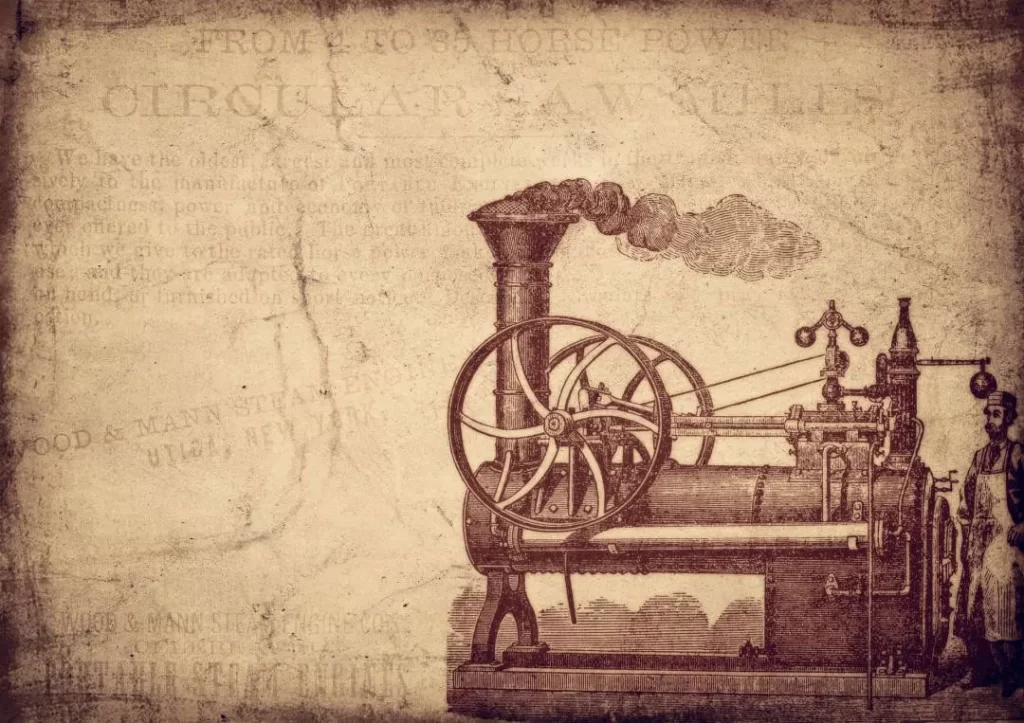

During this time, the leather craft sector saw significant upheaval. Industrial machinery significantly quicker the manufacture of final leathers. The machines themselves benefited from the use of leather in the drive belts. In the middle of the Industrial Revolution, leather output peaked. Patent leather was created in 1818. It is a form of high gloss treating leather with a really lovely appearance. Chromium tanning was created in 1858; it used minerals and was a lot quicker than the previously used vegetable tanning technique. It made it possible to create leather more quickly, thinner, and softly.
Clothing, bags, caps, belts, straps, ties, military equipment, lace, boots, shoes, books, horse tack, saddlery, leather carriages, leather coaches, and numerous other objects of daily use were all made of leather. Even the leather belts used to power the now-common machinery created a fresh and higher demand for the substance. In all of history, leather output peaked during the Industrial Revolution.
12. Leather in the Modern Day (1900 – today)


Today, a wide range of businesses make substantial use of leather. Vegetable, Chrome, Aldehyde, Brain, and Alum tanning are a few of the tanning methods. It is available in a range of grades and colors and finds use in practically every facet of daily life. Everybody uses leather regularly, whether it be a wallet, keychain, saddle, apron, hat, or nearly anything else. The evolution of leather use over thousands of years is astounding. Amazingly, even so many years later, some of the methods used to manufacture it and the applications for it are still very similar. Genuinely timeless, leather is a material.
The first important faux (synthetic) leather originates from DuPont in 1963, despite the fact that synthetic leathers have been uses since the 19th century. Typically, a polyester (plastic fiber) basis had been covering with a polyurethane (plastic) coating. Later, a brand-new synthetic leather material called “leatherette” came into being. It gets its name by covering fibers in plastic (PVC). Now, it’s possible to make “leather” without even utilizing leather. Due to their ability to make leather at a lower cost, this caused the production of leather to transfer to emerging nations. The once-booming leather industry in the United States has drastically decreased due to manufacturers switching to other raw materials (plastics and rubbers) and the outsourcing of leather production.
By 1997, employment in sectors related to leather had decreased by about 50%. By 1995, leather shoe imports into the US had increased to 82 percent. Therefore, only 18% of the leather shoes bought in the country originate there. In comparison, roughly 16% of all Americans who were working in 1850 were in trades involving leather.
Sustainability in Leather Crafting: Balancing Tradition and Eco-consciousness
As leather crafting advances, sustainability gains prominence. Ethical sourcing and vegetable tanning reduce environmental impact. Upcycling leather scraps minimizes waste. Merging traditional techniques with eco-conscious practices ensures that the craft evolves responsibly, honoring both tradition and the planet.
Blackbird’s Ash Black | Bomber Leather Jacket | Men
We are famous for catering tastes of people from almost all walks of life through all categories. Click here and check out our Latest Leather jacket collection!
- Classic leather jackets
- Biker leather jackets
- Bomber leather jackets
- Women’s leather jackets
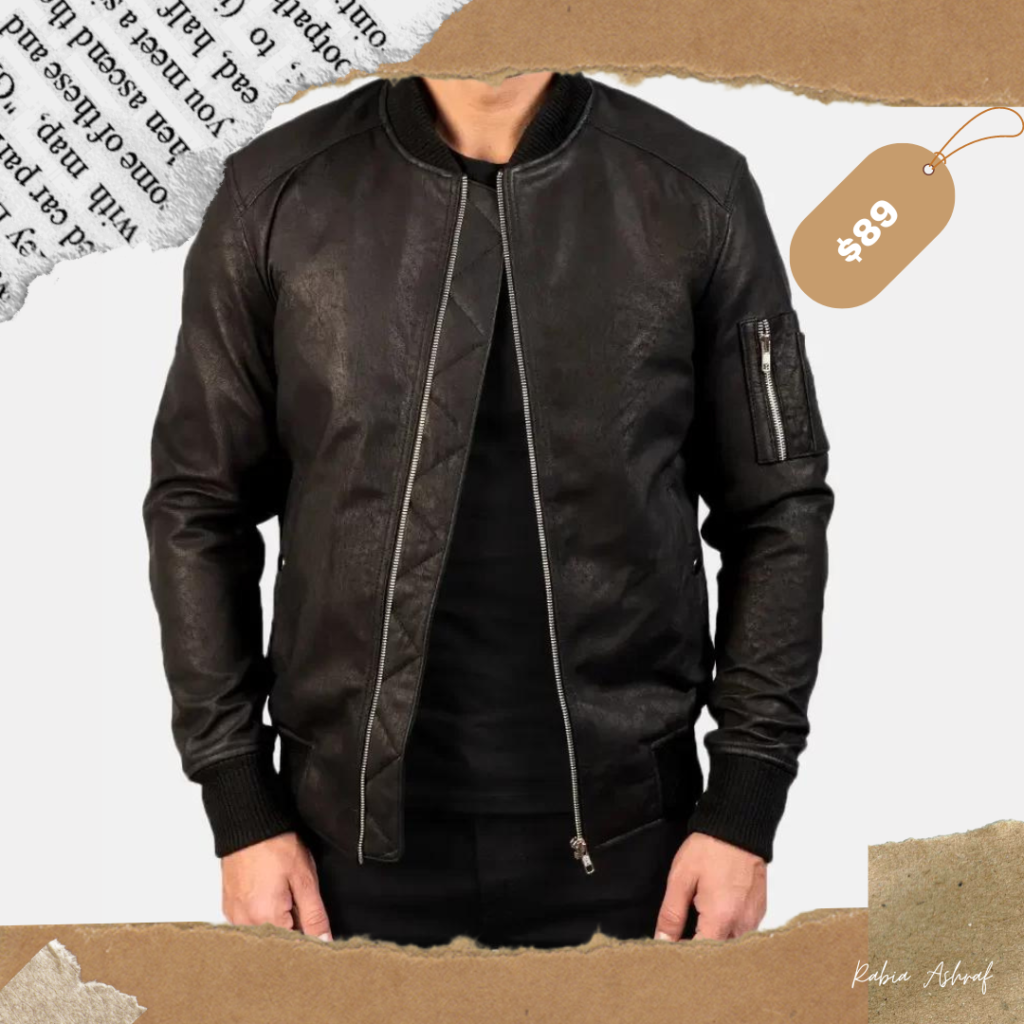

FAQs about Leather Crafting
1. Is genuine leather crafting a sustainable practice?
Absolutely. Many artisans prioritize eco-friendly practices, utilizing vegetable tanning and ethical sourcing to minimize environmental impact.
2. How do I choose the right type of leather for a specific project?
Selecting the appropriate leather depends on the project’s requirements. Full-grain leather offers durability, while softer types like lambskin are perfect for apparel.
3. Can leather crafting be done as a job or a hobby?
Certainly. Leather crafting workshops and tutorials are widely available, catering to both hobbyists and aspiring professionals.
4. Are handmade leather products more valuable than mass-produced ones?
Handmade leather items often carry a higher value due to the craftsmanship and individual attention they receive, making them cherished possessions.
Final Thoughts Leather Crafting
The 12 eras of genuine leather history are an ode to human creativity, adaptability, and reverence for nature’s offerings. From the nomadic tribes that first harnessed animal hides to the contemporary artisans who seamlessly blend tradition with innovation, the journey of genuine leather reflects the resilience and artistry of humanity. As we adorn ourselves with leather products and furnish our homes with leather-bound elegance, let us remember the artisans who have woven history, culture, and craftsmanship into every piece of genuine leather. This heritage is not just a material, but a living narrative that continues to evolve and inspire.

